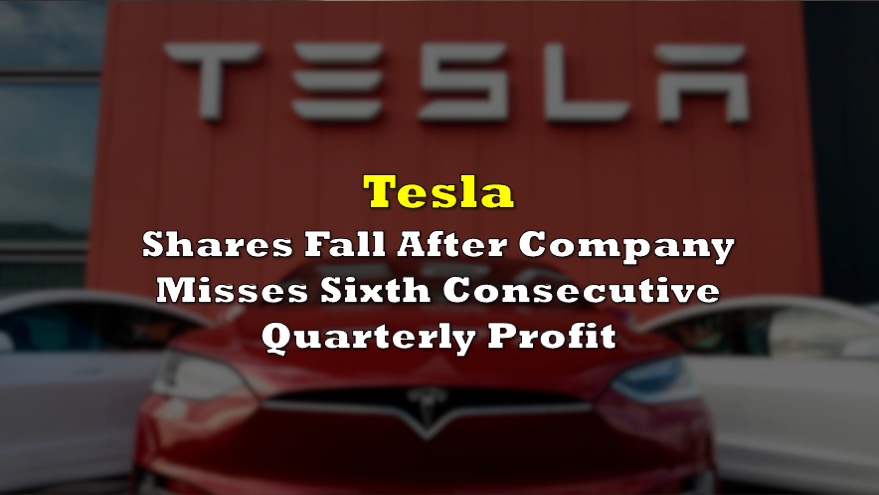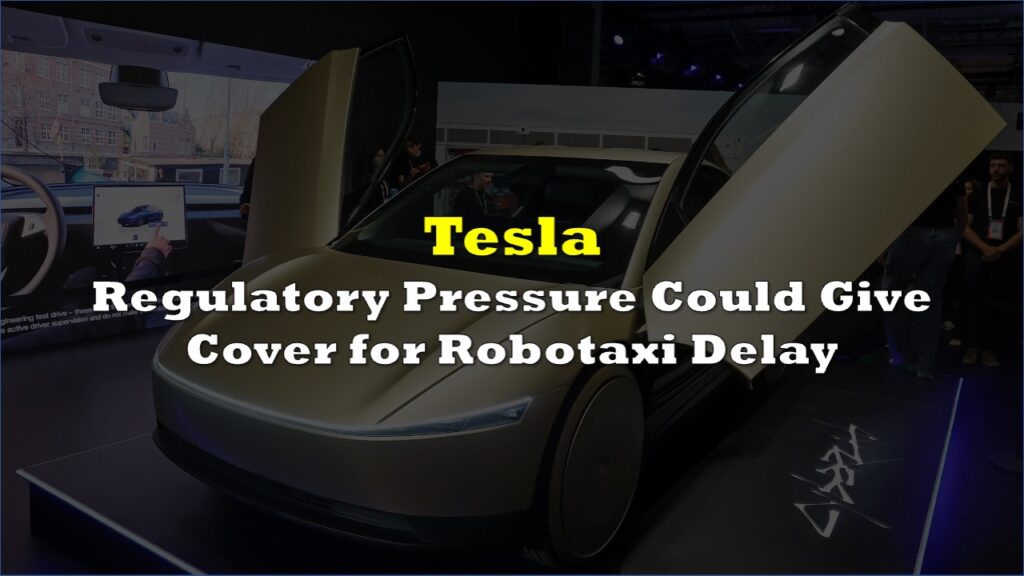On September 10, Democratic members of the U.S. House Ways and Means Committee proposed updated and generally enhanced incentives for buyers of electric vehicles (EVs), especially EVs manufactured in the U.S. by union employees. As such, the Big Three automakers (General Motors (NYSE: GM), Ford (NYSE: F) and Stellantis, the parent of Chrysler) would be helped, while Tesla (NASDAQ: TSLA) and start-up EV makers like Lucid Group (NASDAQ: LCID) and Fisker Inc. (NYSE: FSR) would be disadvantaged.
The Democatic-controlled Ways and Means Committee is scheduled to vote on the proposal on September 14.
The table below lays out the current incentives for EV purchasers, as well as key aspects of the proposal noted above and the details of a non-binding EV incentive amendment passed by the U.S. Senate in mid-August.
| CURRENT STATUS | BILL PROPOSED BY HOUSE DEMOCRATS ON SEPTEMBER 10, 2021 | AMENDMENT PASSED BY SENATE IN AUGUST 2021 | |
| Size of base EV incentive for purchasers: | US$7,500 | US$7,500 | US$7,500 |
| How long will base EV incentive be maintained for new EVs? | No definite end date | 5 years | No definite end date |
| Does incentive change to a point-of-sale discount from a tax credit? | NO | YES | NO |
| Is incentive reduced from US$7,500 if EV battery pack is less than 40 Kwh? | NO | YES, to US$4,000. | NO |
| Is there an additional incentive if EV is assembed at a union-staffed auto facility? | NO | YES, additional incentive is US$4,500. | NO |
| Is there a second additional incentive if EV uses battery packs where 50%+ of components are made in U.S.? | NO | YES, second additional incentive is US$500. | NO |
| Does the base incentive change after the first five years? | NO | YES, after the first five years, the US$7,500 incentive applies only to U.S.-made EVs. This holds for the next five years. | NO |
| Does EV tax credit phase out when an individual auto manufacturer sells 200,000 EVs in aggregate? | YES | NO | NO |
| Are there sales price limits on types of EVs that make them eligible for incentives? | NO | YES, sedans under US$55,000; SUVs under US$69,000; Pickup trucks under US$74,000; Vans under US$54,000. | YES, only applies to EVs with sales price less than US$40,000. |
| Are there adjusted gross income caps for individuals to qualify for EV incentives? | NO | YES, US$400,000 for individuals; US$800,000 for joint filers. | YES, US$100,000 for individuals. |
| Is there an incentive for the purchase of used EVs? | NO | YES, would be to US$2,500. | NO |
House Democrats would increase the incentive a U.S. EV buyer could receive to as much as US$12,500 from the current US$7,500 level, but that full amount would only be applicable to cars assembled in the U.S. by union workers. Only General Motors, Ford and Stellantis plan to utilize these higher cost workers.
The House proposal changes the incentive to a discount at point of sale from a tax credit, making the incentive even more attractive to potential buyers.
The current US$7,500 tax credit phases out when an individual auto manufacturer sells 200,000 EVs in aggregate. Both Tesla and GM have exceeded that cap and no longer qualify for this tax credit. The House bill and the non-binding Senate amendment both eliminate this cap.
After five years, the only EV incentive available under the House proposal will be for EVs manufactured in the U.S.
The House proposal limits the potential pool of EVs that would be eligible for the incentives by price according to four broad vehicle types (see table above). The Senate amendment is even tougher; a tax credit would only be available on vehicles with a price of less than US$40,000. Many luxury EVs have much higher prices; for example, Lucid Group’s Lucid Air model has a base price of US$77,400.
Currently, a customer’s income has no impact on whether they can claim an EV tax incentive. The House proposal would apply an adjusted gross income limit of US$400,000 and US$800,000 for individuals and joint tax filers, respectively. The Senate amendment is even more strict; individuals making more than US$100,000 would be ineligible for any EV incentive.
Next Steps
When and if a bill is voted out of the Ways and Means Committee, the full House would eventually vote on it. The bill would then be sent on to the U.S. Senate for its consideration. There are many hurdles left — and chances for language in the bill to change — before prospective legislation reaches President Biden’s desk.
A thorny issue is the House proposal’s high price tag. Representative Dan Kildee (Democrat from Michigan) told Reuters that the new EV incentives could cost around US$33 billion over a decade.
Information for this briefing was found via Sedar and the companies mentioned. The author has no securities or affiliations related to this organization. Not a recommendation to buy or sell. Always do additional research and consult a professional before purchasing a security. The author holds no licenses.









